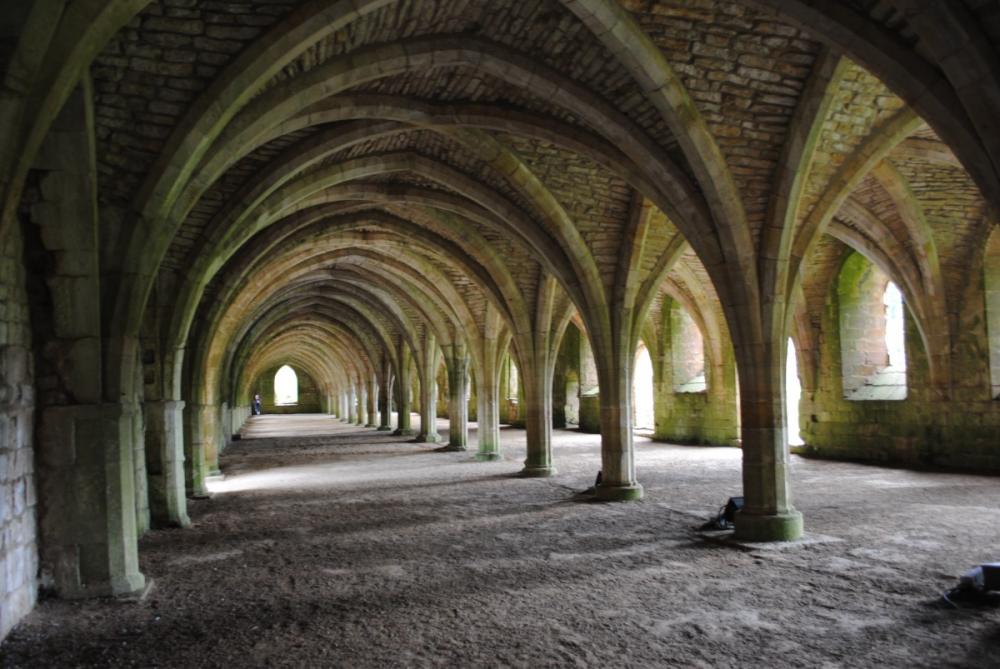search
date/time
 | Yorkshire Times A Voice of the Free Press |

Marion Ainge
Travel Writer
12:00 AM 21st October 2022
travel
A High Speed Minibus Tour Of Yorkshire & The Peak District

Unsurprisingly, because it takes us around two hours to have what our guide describes as 'a quick look around' the Duke and Duchess’ opulent, stately home, in the family since the 1500s and set in 35,000 acres.
The annual gardening costs alone are £8.6m although the eclectic art collection is valued at something like £800m!
Around 600,000 visitors a year visit Chatsworth, one of England's favourite country houses and employees live in a specially-built village.

In Manchester, at the start of our three-day Rabbie's tour of the Yorkshire Dales and the Peak District, our knowledgeable, friendly driver/guide, Clive, settles us into our comfortable mini-coach and we're off.
Rabbie's offer small-group tours all over the UK and Europe, going beyond the guide books to explore famous and lesser-known treasures, to learn about legends, history, and things you didn't know.
For example, our guide Clive tells us Castleton in the Peak District is licensed for quick marriages as well as Gretna Green. And that a Bakewell Tart started its life as a pudding!

Anyone for pudding?
As guests weren't keen on this dessert, Ann took the remainder home and distributed it to friends and family, who declared it a winner. So, Ann opened The Bakewell Pudding Shop, which still stands today and offers the equally popular, original and modified version, ie Bakewell Tart!
Mentioned in the Domesday Book in 1086, Bakewell market town's multiple old bridges straddle the River Wye. The Monsal Trail starts just north of Bakewell in the centre of the Peak District National Park and takes in the Headstone Viaduct.
In the evening, we check in at The Bishop and The Bison, just outside York, an award-winning B&B described as an 'independent boutique hotel'.

The Bishop and The Bison B&B York
The following day at 9am, driver/guide Clive arrives to take us to the seaside town of Whitby.
Hopeful fishermen line the harbour, buskers sing old sea shanties, gulls soar, cry and swoop to steal an ice cream cone or a stray chip. But Whitby is famous for more than fish and chips. It's where Dracula staked his claim.
Author Bram Stoker first visited Whitby in 1890 and stayed at a guest house on the West Cliff overlooking the 199 steps and Whitby Abbey. The view inspired his famous novel.
.jpg)
Photo: Phil Hearing www.unsplash.com
Another theory is that it was named after the Dutch merchant ship, The Robin Hoode. Narrow, winding, cobbled streets drop down to the bay but it's quite a steep climb back up to the road.
In Goathland we take a look at the train station, a film location for Harry Potter and The Philosopher's Stone.
By mid-afternoon we're in York, the ancient, walled city with a Roman and Viking past. The Minster, one of the world's most glorious cathedrals, features the Great East Window, the largest, single expanse of Medieval stained glass in the country.

Photo: Kirsten Drew www.unsplash.com
York's colourful, cultural hub, The Shambles, with its 13th century timber-buildings, is alive with artisan shops, boutiques, pavement cafes and restaurants.
Day three begins with my favourite stop, Fountains Abbey in North Yorkshire, seized by Henry V111 during the Dissolution of the Monasteries in 1539, now one of the largest, best-preserved, ruined Cistercian monasteries in England and part of a UNESCO Heritage Site.

Photo: JR Harris www.unsplash.com
The market town of Hawes features tours around the Wensleydale Creamery which focus on Wallace and Gromit's favourite cheese. In Roughlee village, Pendle, the statue of Alice Nuttall is a sad reminder of the Pendle Witch Trials in 1612. Alice and the other accused walked in chains to Lancaster Castle for their trial. It didn't end well.
Unlike our Rabbie's three-day York and the Peak district trail which ended happily back in Manchester.
Factfile:
www.rabbies.com: 3-day tour Yorkshire Dales and the Peak District £225/£215 concessions (prices quoted until April 2023)
www.visitpeakdistrict.com
www.visityork.org
www.bishopofyork.com: The Bishop and The Bison B&B from £125 per room per night
www.visitwhitby.com
www.robin-hoods-bay.co.uk
www.nationaltrust.org.uk/fountains-abbey-and-studley-royal-water-garden
www.rabbies.com: 3-day tour Yorkshire Dales and the Peak District £225/£215 concessions (prices quoted until April 2023)
www.visitpeakdistrict.com
www.visityork.org
www.bishopofyork.com: The Bishop and The Bison B&B from £125 per room per night
www.visitwhitby.com
www.robin-hoods-bay.co.uk
www.nationaltrust.org.uk/fountains-abbey-and-studley-royal-water-garden